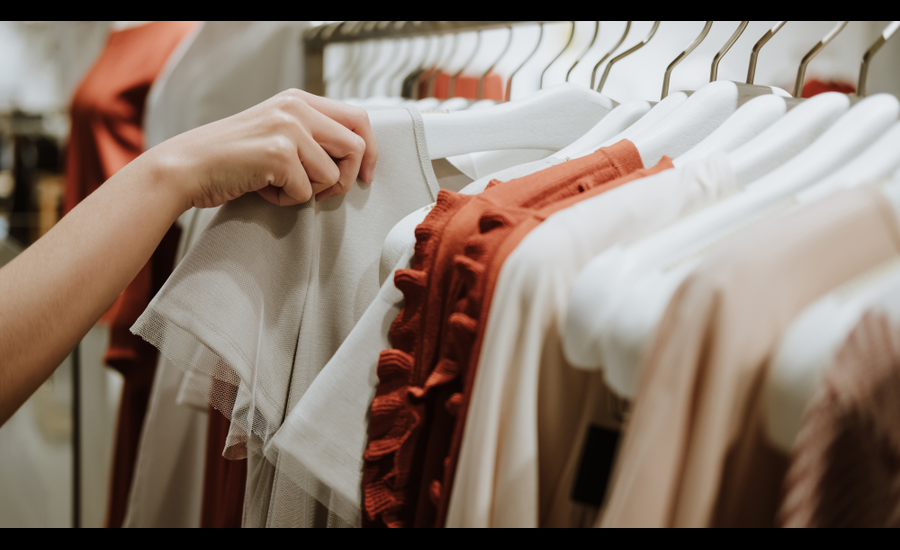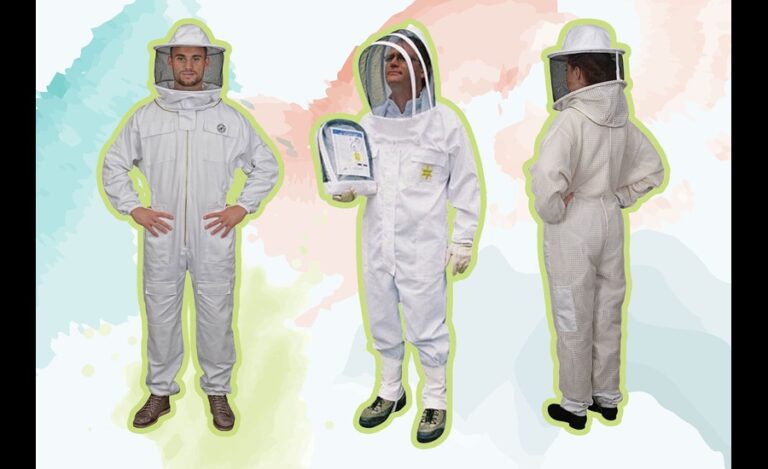Eco-Conscious Closets: The Benefits of Sustainable Textile Sourcing
Introduction to Sustainable Textile Sourcing
Sustainable textile sourcing has become a critical focus as environmental concerns continue to rise. The fashion and textile industries are under increasing scrutiny from consumers and regulatory bodies due to their significant ecological footprints. This shift has prompted many companies to reevaluate their sourcing practices.
As a response, companies are increasingly collaborating with fabric suppliers who offer sustainable options, helping to redefine industry standards. This article digs into the essential features of sustainable textile sourcing and its potential future, providing insights and actionable actions for firms seeking to embrace more environmentally friendly methods. By understanding these elements, companies can position themselves as leaders in sustainability.
Why Sustainability Matters in Textile Sourcing
The textile industry is one of the largest polluters in the world, contributing significantly to water pollution, waste, and greenhouse gas emissions. The impact on the environment is substantial, from the vast water and chemical usage needed for dyeing fabrics to the mountains of textile waste generated annually.
Sustainable strategies, such as employing organic materials and increasing recycling systems, can mitigate these negative consequences considerably. Beyond economic benefits, sustainable practices contribute to the health of ecosystems and communities, making this a critical area for industry-wide improvement.
Innovative Materials for a Greener Future
In recent years, there has been an influx of innovative materials aimed at minimizing environmental impact. For example, organic cotton, produced without synthetic fertilizers or pesticides, reduces water and soil contamination while contributing to healthier ecosystems. Recycled polyester, derived from post-consumer plastic bottles, combats plastic pollution while reducing reliance on fossil fuels, resulting in a closed-loop system that benefits both the environment and the economy.
Additionally, materials like tencel, derived from sustainably sourced wood pulp, significantly reduce water usage and chemical processing compared to traditional fibers. Hemp, which requires minimal water and pesticides, is also gaining popularity due to its resilience and low ecological footprint. These materials offer environmentally friendly alternatives and provide high-quality, durable fabrics that meet consumer demands for sustainability.
Technology’s Role in Sustainable Practices
Advancements in Fabric Production
Technology plays a critical role in developing sustainable textile procurement. Innovations in fabric production, such as waterless dyeing technologies and biodegradable fibers, are revolutionizing the industry. For instance, waterless dyeing technologies eliminate the need for large amounts of water and reduce the use of harmful chemicals, leading to cleaner production processes and less environmental degradation.
Biodegradable fibers, designed to decompose naturally, help mitigate waste and reduce the burden on landfills, contributing to a more sustainable garment lifecycle. These advancements reduce environmental impact and enhance the efficiency and quality of production processes, making them increasingly appealing to forward-thinking companies.
Blockchain for Transparency
Additionally, companies are leveraging blockchain for transparency, ensuring ethically sourced materials. Blockchain technology monitors the entire supply chain, ensuring that the materials used are sourced and handled responsibly. This is critical for maintaining consumer trust and adhering to sustainability standards.
By tracking the origin and journey of materials, brands can provide verifiable proof of their ethical practices, which is increasingly vital to today’s informed consumers. This increased transparency improves brand reputation and encourages widespread adoption of sustainable practices across the entire industry as more companies strive to meet these new standards.
Industry Trends Shaping the Future
Several key trends are shaping the future of textile sourcing. Circular fashion, which promotes reuse and recycling, is becoming more mainstream. The circular fashion model aims to create a closed-loop system where garments are designed, produced, and consumed in a way that minimizes waste, promotes recycling, and extends the life of products. This trend reduces the fashion industry’s waste and encourages consumers to buy less and better, investing in high-quality, durable items.
Moreover, a growing emphasis on sustainable fashion pushes brands to reconsider their supply chains and product lifecycles. This shift influences production methods and drives consumer choices towards more sustainable options, creating a virtuous cycle that benefits the industry’s environmental and economic aspects. As these trends acquire traction, the industry is expected to see additional innovations and improvements in sustainability practices.
Consumer Responsibility in Driving Change
Ultimately, customers play an essential role in influencing change. By opting for sustainably sourced products, they can influence brands to adhere to environmentally friendly practices. Consumers can significantly impact the industry by choosing products made from sustainable materials, supporting brands with transparent supply chains, and advocating for better industry standards.
Awareness and education about sustainable options make a significant difference in consumer behavior. As more consumers demand sustainable products, it encourages brands to innovate and adopt greener practices, accelerating the industry-wide shift towards sustainability. Consumer choices and increased awareness campaigns can incentivize companies to prioritize sustainable practices, leading to a more eco-friendly industry overall.
Conclusion
Sustainable textile sourcing is no longer an option but a necessity for the future. The textile industry’s rising awareness of environmental challenges and increasing pressure from customers and regulatory bodies have made sustainability a top focus. The industry is poised for transformation with advancements in technology and materials and a shift in consumer behavior. By embracing these changes, companies can ensure a healthier planet and build a more resilient and responsible textile industry, benefiting both people and the environment in the long run.
The path to sustainability may be challenging, but the rewards, including enhanced brand loyalty, economic savings, and a positive environmental impact, make the journey worthwhile. As industry leaders continue to innovate and adopt sustainable practices, the future of textile sourcing looks promising and bright.
More Read: Greencric






